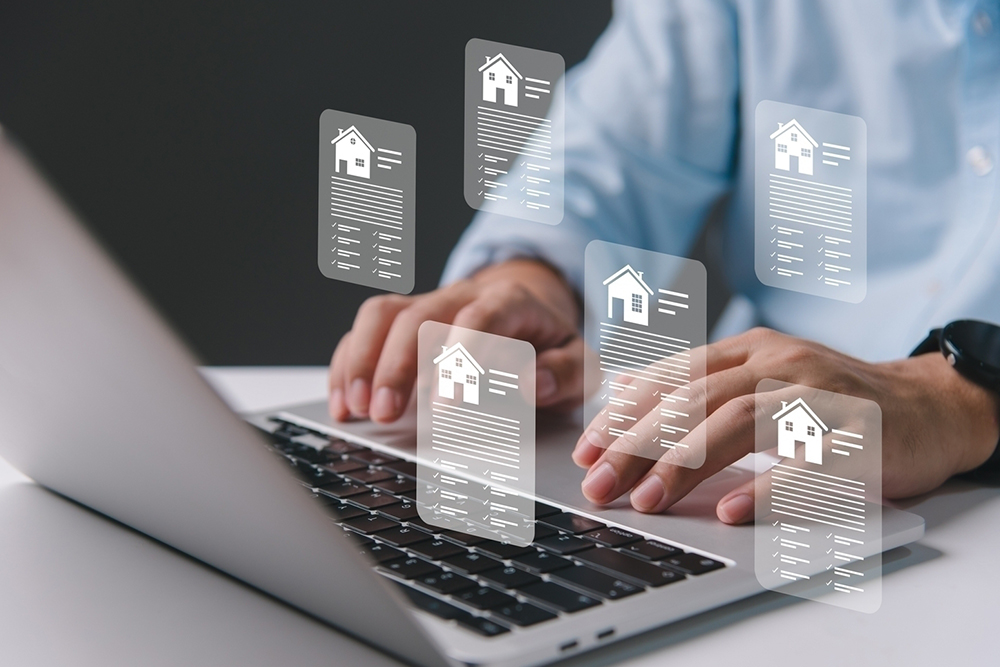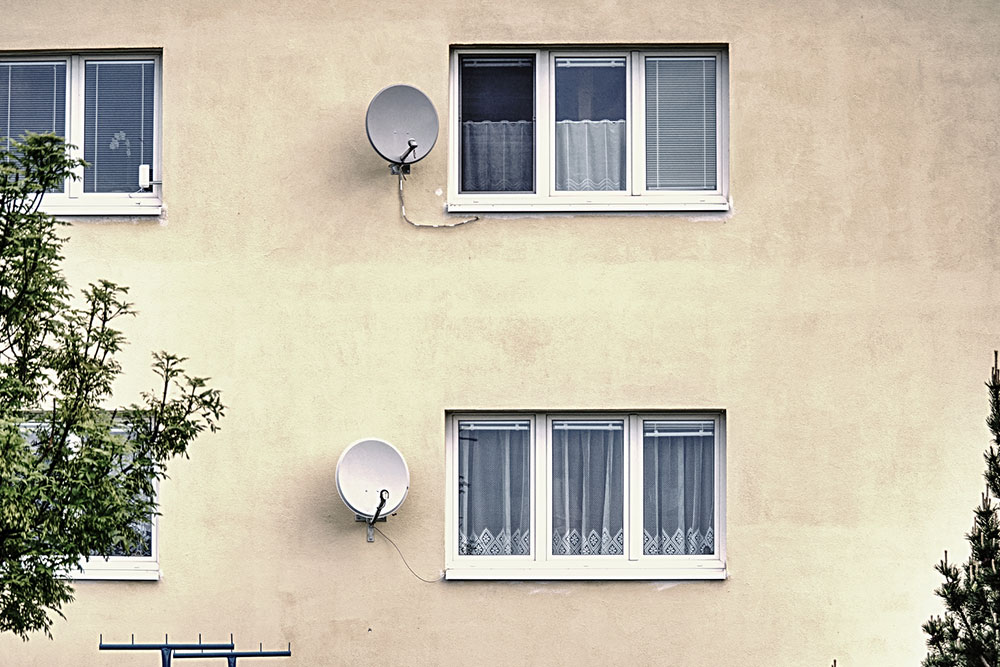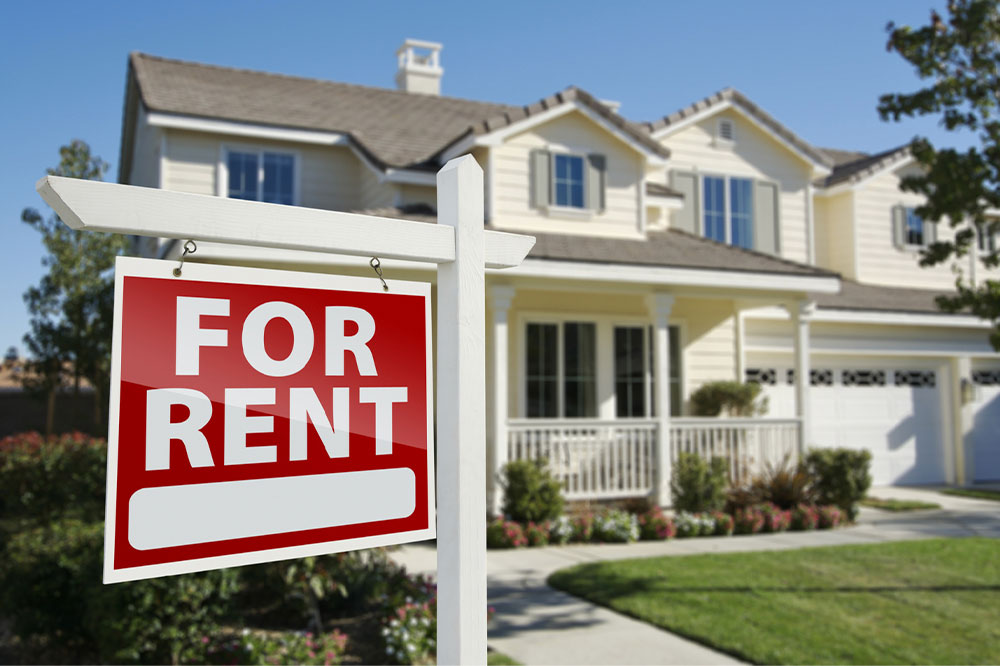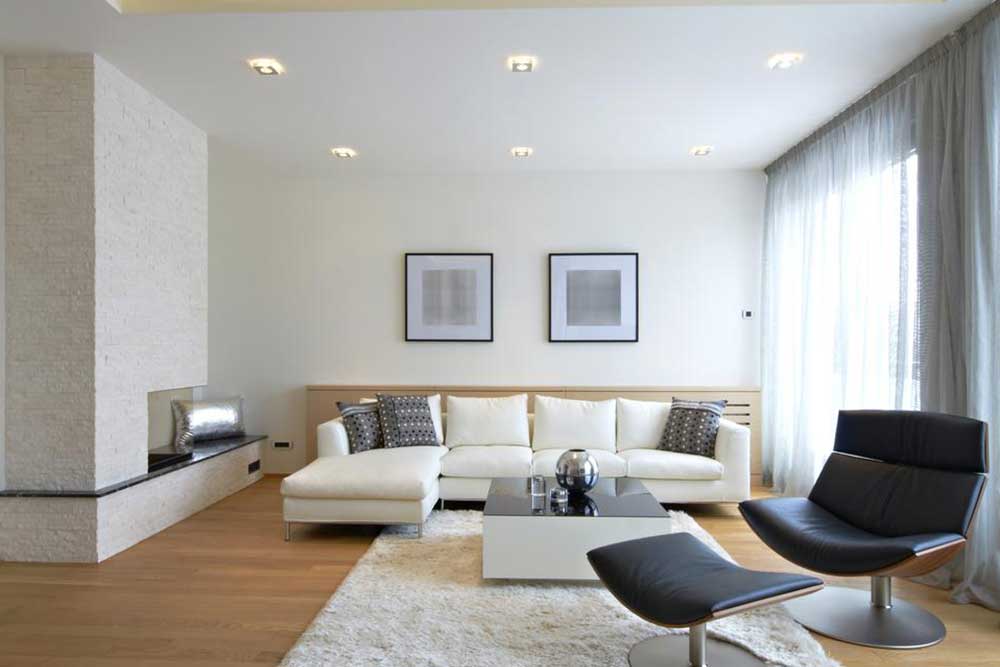Key Factors Influencing Apartment Rental Prices
Discover the key factors that influence apartment rental prices, including location, size, condition, market trends, and amenities. Understanding these elements can help tenants make informed decisions and ensure fair pricing. From regional differences to seasonal changes, learn what impacts rent costs and how to leverage this knowledge when searching for a new apartment.

Key Factors Influencing Apartment Rental Prices
Renting an apartment is a wise financial choice, especially with property prices continually increasing. The abundance of online listings makes it easier to find vacant apartments that suit your needs. However, rental prices for these apartments are determined by multiple factors. Understanding these can help you assess whether a rental rate is fair and worth the investment.
1. Location
Location plays a crucial role in determining rental costs. The neighborhood's safety and tranquility significantly impact the rent—safer, quieter areas tend to command higher prices. Accessibility to amenities such as shopping centers, schools, and hospitals also raises rent. Apartments in busy city centers generally cost more, especially if situated near major transit routes or popular districts.
Regional differences are also notable: rent in Western and Eastern coastal states tends to be higher than in the Midwest or Southwest. For example, a 700 sq ft apartment on the East Coast averages around $2,500 monthly, while similar-sized units in the Midwest cost about $1,200.
2. Apartment Size and Layout
The size of an apartment greatly affects its rental price. Larger spaces typically cost more; for instance, a 1,000 sq ft two-bedroom apartment usually rents for more than a 700 sq ft one-bedroom. The number of bedrooms also influences the rate — more bedrooms mean higher rent, as they accommodate more tenants. National averages estimate about $1,800/month for a two-bedroom and around $1,500/month for a one-bedroom.
3. Property Age and Condition
The state of the building and the apartment itself impacts rental costs. Well-maintained, modern apartments tend to rent for higher prices. Older units requiring repairs often have lower rates, as tenants may need to invest in fixing issues themselves. The age and upkeep of the property are key considerations for both landlords and renters.
4. Market Dynamics
Short-term rental prices are influenced by supply and demand, as well as overall economic conditions. If many vacant units are available and vacancy rates are high, prices may decrease. Conversely, if demand exceeds supply, rental rates tend to rise, reflecting the competitive market.
5. Seasonal Trends
Rental prices can fluctuate seasonally. During spring and summer, increased mobility—such as moving for work or school—boosts demand, raising rents temporarily. The start of the school year also leads to higher rental activity, impacting prices during these peak periods.
6. Amenities Offered
Apartments with modern amenities like dishwashers, washers, and dryers often command higher rent. Premium features such as swimming pools, gyms, or communal spaces further increase rental costs due to added convenience and lifestyle benefits.
7. Pet Policies
Rental costs vary depending on pet policies. Buildings that accept pets often charge higher rent or require additional deposits or fees, frequently between $10 and $50 monthly. Some landlords restrict pet ownership, impacting the rental price dynamics for pet-friendly units.
Note:
The data provided here is based on research, market trends, and expert insights. Since rental markets fluctuate, figures and conditions may vary across regions and over time. We recommend consulting a real estate professional before making rental decisions, as information may change or differ based on individual circumstances.









